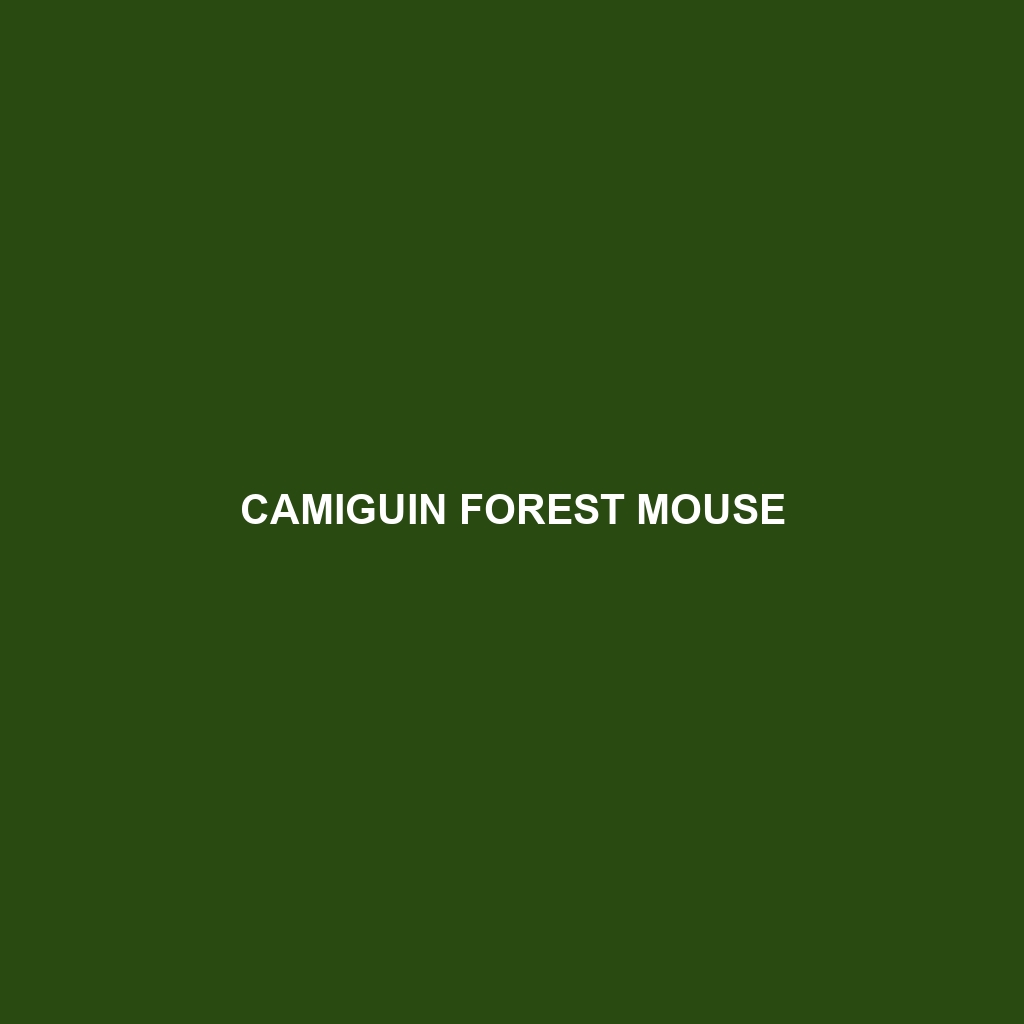Halmahera Island Rat: A Comprehensive Species Description
Common Name: Halmahera Island Rat
Scientific Name: Rattus morotaiensis
Habitat
The Halmahera Island Rat is primarily found in the dense tropical forests of Halmahera, one of the islands in Indonesia’s North Maluku province. This rodent thrives in lowland forests and is often associated with humid, mountainous regions. Its habitat ranges from primary rainforests to secondary growths, showcasing its adaptability to various environmental conditions.
Physical Characteristics
The Halmahera Island Rat is a medium-sized rodent, typically measuring between 25 to 35 centimeters in length, excluding the tail. Its fur is predominantly a rich brown or grayish-brown color, with lighter underparts. Notable features include large ears and robust hind limbs, which aid in its agility within the forest underbrush. The rat’s tail is long and often slightly darker than its body, serving as a tool for balance during climbing.
Behavior
This species exhibits nocturnal behavior, becoming most active after sunset. The Halmahera Island Rat is known for its climbing abilities, often found foraging in trees. It is generally solitary but may form loose associations during feeding. Vocalization is an essential aspect of its behavior, with squeaks and chirps used to communicate with other rats.
Diet
The diet of the Halmahera Island Rat is primarily herbivorous, consisting of fruits, seeds, nuts, and various plant materials. It forages on the forest floor and among tree branches, displaying a preference for ripe fruits. This species plays a crucial role in seed dispersal, aiding in the regeneration of forest flora through its feeding habits.
Reproduction
The Halmahera Island Rat breeds year-round, with peak activity noted during the wet seasons. Females typically give birth to litters of 2 to 5 offspring after a gestation period of about 3 weeks. The young are altricial at birth, requiring significant parental care. Notably, juvenile rats often remain with their mothers for several weeks, learning essential survival skills.
Conservation Status
The Halmahera Island Rat is classified as vulnerable due to habitat loss from deforestation, agriculture, and invasive species. Continuous monitoring and conservation efforts are necessary to protect this unique species and its habitat from further degradation.
Interesting Facts
One fascinating aspect of the Halmahera Island Rat is its ability to adapt to various habitats, making it a resilient species in the face of environmental changes. Additionally, it was once considered a subspecies of another rat, showcasing the ongoing exploration of biodiversity in Indonesia.
Role in Ecosystem
The Halmahera Island Rat plays a vital role in its ecosystem as a seed disperser, contributing to the health and regeneration of its forest habitat. By consuming a variety of plant materials, it fosters biodiversity and supports the intricate relationships between flora and fauna within its environment.
